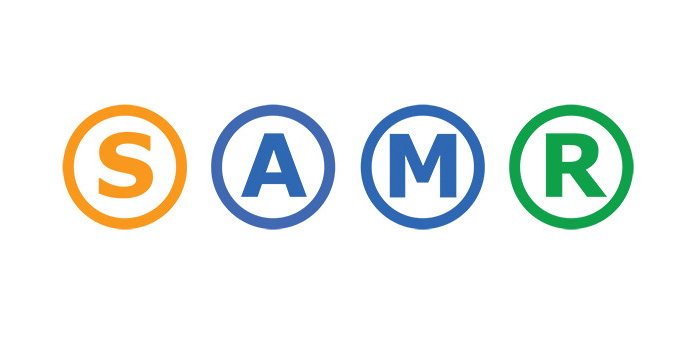When working with innovation in a corporate setting there is always a challenge regarding what to venture or not, even if you all ready has set you strategic direction within various areas.
Transforming your corporation by redefinition, allowing for creation of new tasks previously inconceivable. To be able to redefine your way of working, finding a new ways of working, you need to focus on why you are doing things, what are the jobs to be done, who will benefit from it, and what is the outcome to be reached. The key metric for most businesses is productivity, and the most common activity in business and operational excellence is focusing on how enhance it.
Most corporate venture activities sooner or later are asked to measure what they do. Exploring new opportunities, or even exploring new areas where you don’t know if there yet are opportunities, pose some kind of perceived risk in the ratio of what you put in and what you get out of it. As soon as you start measure, there is a high risk of falling back to an increased risk adverse mode.
If you want to reinvent your future, you need to agree on that corporate ventures, entrepreneurial activities or what you define it as, is something you have to do.Exploring unknown territories is something valuable in the perspective of discovering what you previously could not imagine would be a great opportunity or venture. Like the great explorers of the world, this is something you have to do meet the unknown future.
Radical and disruptive opportunities typically are opposed in an optimised corporate setting, as they are per definition not the right way of doing things, and it also introduce a high risk as it is not proven. As the operation of processes and activities are highly measured and audited to do things right, they might not be the right things to do. The world around us change, and a “new” reality slowly emerge. Not doing the right things is in most cases not evident, in the same way as the awareness of water for the fish or a frog slowly being boiled, when you realise what is evident it is to late.
The SAMR model of Dr. Ruben Puentedura is a great model to classify what to focus on in a corporate venture or entrepreneurial setting.
Opportunities with incremental improvements of products or efficiency gain in doing things you all ready do, would typically be something you can route to the well defined business excellence processes of lean and six sigma. … even if radical new ways of doing things can be discovered in the same processes.
If you define the reason why you are doing corporate ventures as a way to explore new territory and areas to exploit or identifying synergies that you previously could not imagine, the SAMR model is perfect to filter out what to venture and what to route to the business and operational excellence processes.
As an explorer you will always find new ways you can incrementally enhance the performance of your company, and you will also find the ores where there lay an opportunity of redefinition, detecting previously inconceivable revenue gains.
The SAMR model can help you define what to focus on for new ventures, and what to route to the business and operational excellence processes. By classifying the value proposition of an opportunity accordingly, you introduce a measure of focus, to do the right things, increasing the likelihood of redefinition of what previously perceived inconceivable.

Below Dr. Ruben Puentedura outline the SAMR levels in brief (originally developed as a way for teachers to evaluate how they are incorporating technology into their instructional practice.):
The key metric for most businesses is productivity (in most scenario, an appropriately designed measure of partial productivity)
- S-level uses of technology tend to be associated with no changes in productivity (and occasionally a slight temporary drop in productivity)
- A-level uses of technology tend to be associated with minor improvements in productivity
- M-level uses of technology tend to be associated with large improvements in productivity
- R-level uses of technology tend to be associated with very large improvements in productivity; furthermore, in scenarios where this is a possibility, they also tend to be associated with entries into new markets, or large expansions in customer base
Take care!
Christian Appelt

